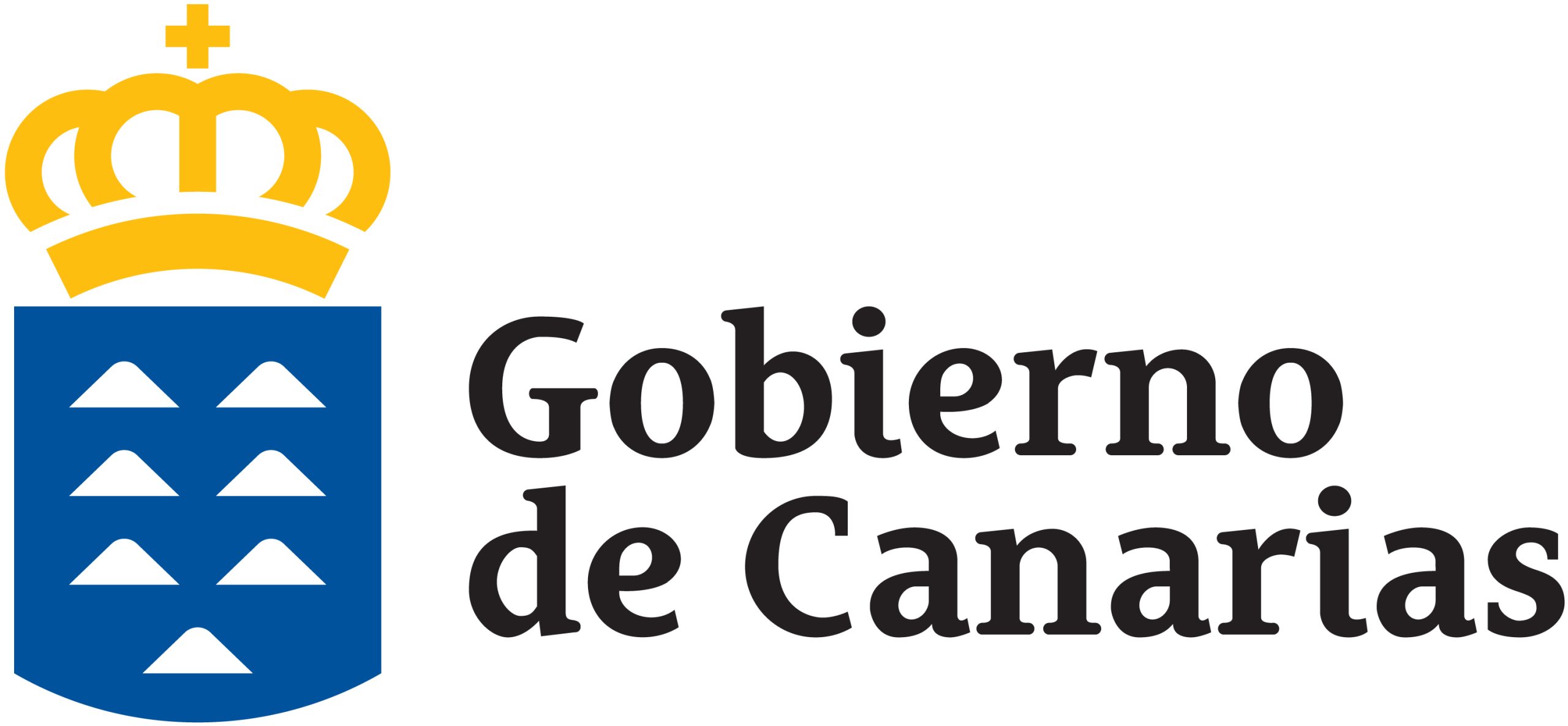Almost thirty years ago (1994) the Government of the Canary Islands assumed the powers in health matters and, among other services, launched a health emergency care device, which allowed, among other aspects, to eradicate the image of the private vehicle that , displaying a white handkerchief through the window and blowing the whistle (horn), transported inside an injured person or a sick person from his home to the hospital and with this device we bring the hospital closer to the patient.
Based on this great experience, twenty-five years ago (1998) the Government of the Canary Islands subsequently created the Emergency and Security Coordination Center 1-1-2, as the Single European Emergency Telephone Number and managed to ensure that all emergency services function as a single unique system.
Throughout these decades, we have had various critical situations, such as forest fires, calimas, torrential rains, a pandemic and the eruption of a volcano on the island of La Palma. But, in addition to this, situations occur daily in which people need security and emergency services, since in the risk society in which we live, heart attacks, accidents, fires, thefts, robberies, etc. continue to occur.
For this reason, we have learned that there is also a set of services that must continue to function twenty-four hours a day and that allow all the people who live and those who visit our islands to live with well-being.
The Government of the Canary Islands provides a series of services that can be considered essential, which are provided twenty-four hours a day, throughout the year (24 x 7) and are related to access to the security and emergency system, urgent health coordination, police , rescues, but also others such as the data processing center, citizen information, social telecare, care and control of critical infrastructure buildings, road infrastructure control, etc.
Currently, many of these services are located in scattered facilities, mainly in the areas of Santa Cruz de Tenerife-La Laguna and Las Palmas de Gran Canaria-Telde.
For this reason, and in order to be more efficient, not only from an economic point of view, but mainly from an operational point of view and to guarantee the operation of these services permanently every day and also in adverse situations, it is necessary to concentrate all the response services , information, alert and action against critical incidents, in two locations located one in Telde (island of Gran Canaria) and another, in Santa Cruz de Tenerife (island of Tenerife), which will operate as a single one providing comprehensive service to the eight islands ..
And, in this way, also to respond to the current dispersion that causes problems of mobility, connectivity and interrelation, as well as to modernize a large part of the aforementioned infrastructures that have arisen over time, since they respond to heterogeneous building typologies. , which in some cases no longer meet the requirements of current regulations, nor cover the demand for current benefits, in which, in addition, insufficient or obsolete technological resources are used.
Therefore, this initiative responds to the need to generate the development of a project capable of bringing together and coordinating the actions and resources of all these infrastructures in a building support with high technological benefits, strategically located in the territory, protected and appropriate to the criteria of sustainability in the face of climate change, so that they allow the continuity of the provision of essential services of the Government of the Canary Islands that benefit everyone.
Its design has also provided for its ability to deal with exceptional situations of a seismic and vulcanological nature, or those derived from adverse meteorological phenomenologies and its conception is governed by the principles of efficiency and sustainability. and urban-landscape integration.
For this, the growth expectations of the different services are foreseen in their sizing according to their specific requirements and the growing demand of our society, so that the buildings are sized for the needs of 2030-2040, with each building expected to house about 550 public employees and will occupy a usable area of 23,000 m2. A project of almost eighty million euros of investment financed with European funds, through REACT EU and FEDER 21-27.
We are facing a government project in which several ministries and multiple management centers with competencies in the field of essential services will participate, which must continue to function twenty-four hours a day of the year in adverse conditions.

